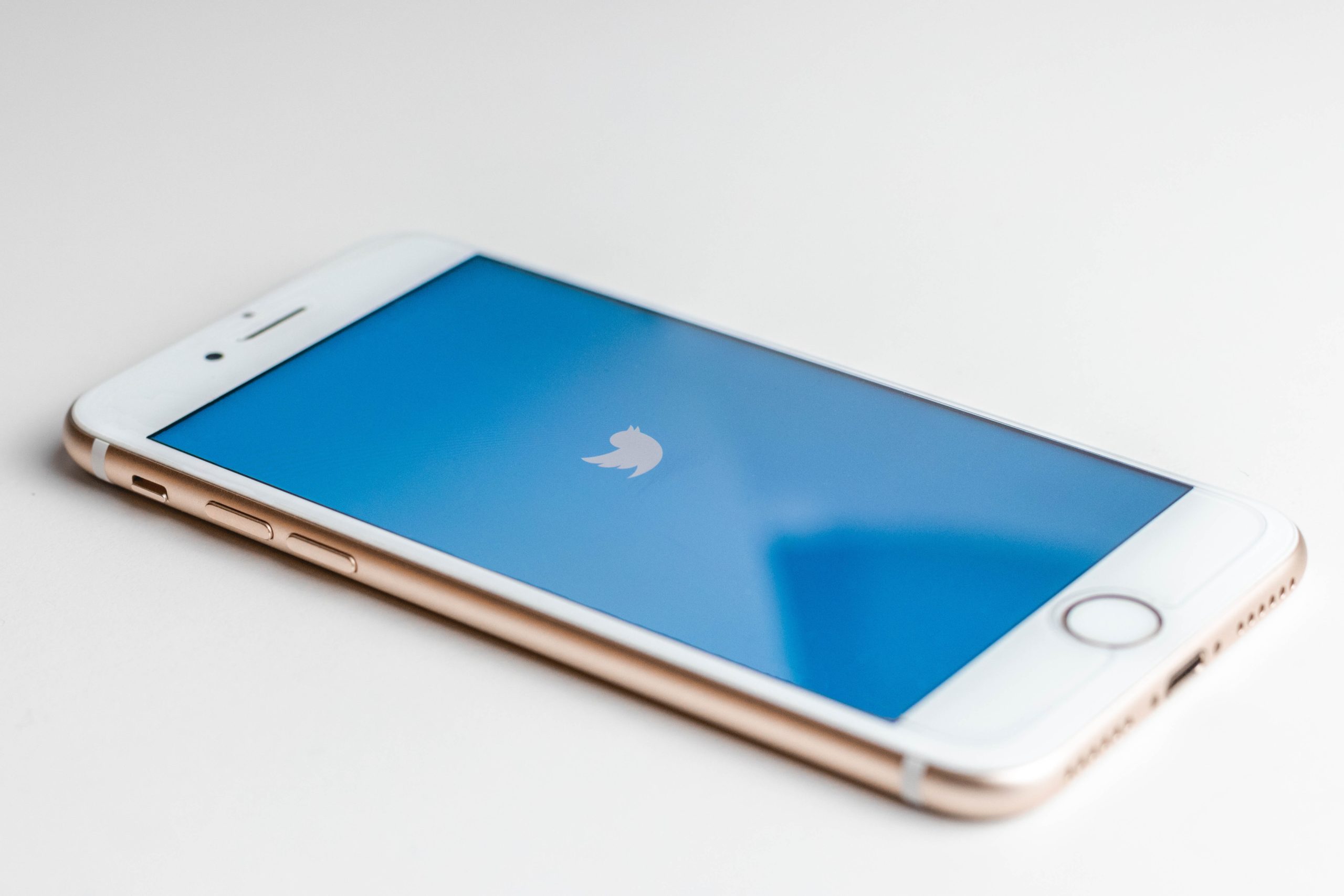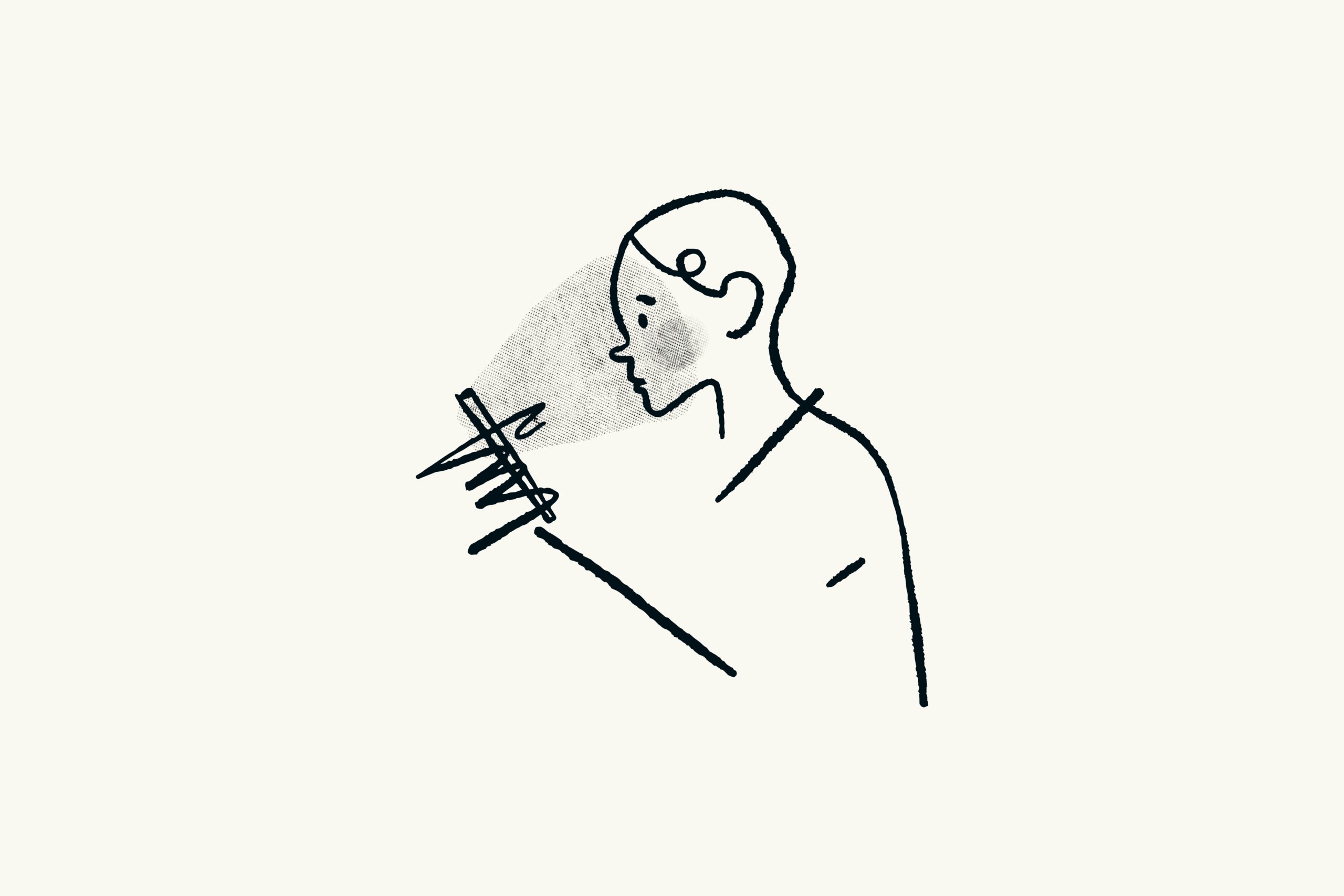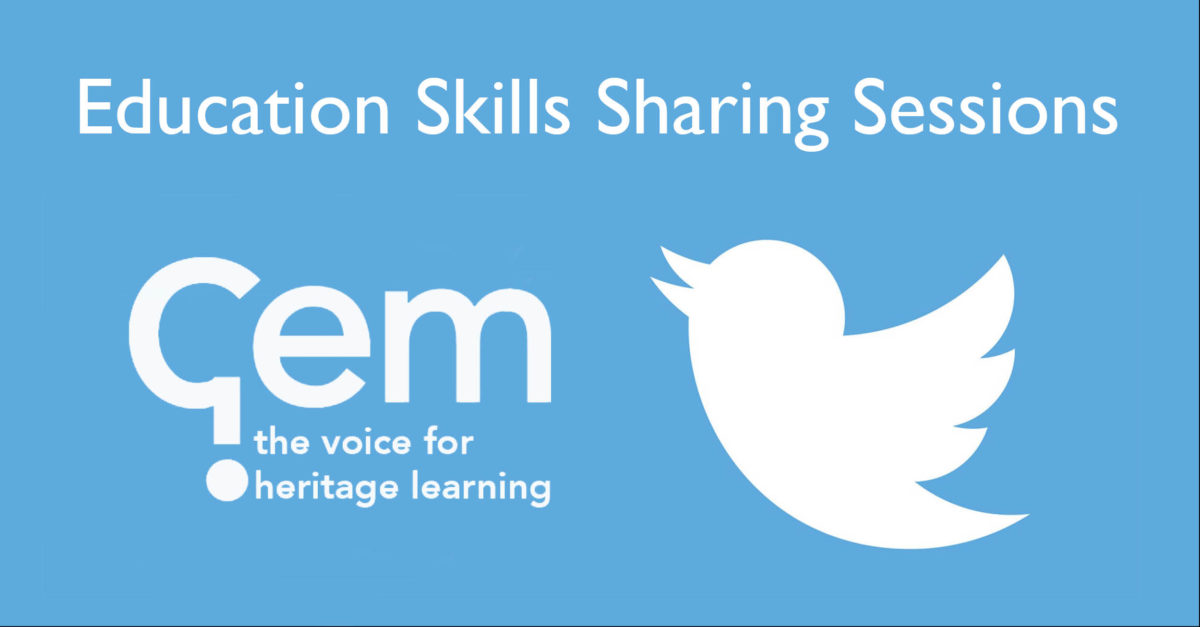How to Navigate Twitter as a Museum Professional
By GEM South East Area Rep, Holly Bee
Five things I’ve learned from four years on Museum Twitter
As we’ve all had to withdraw from our highly sociable work, the cultural and education sectors have taken a huge emotional blow. Now, more than ever, social media can be an invaluable resource. I’m definitely not an expert, but here are five things I’ve learned over four years on Museum Twitter. It’s just my experience, but hope it helps any of you navigating our new online world!

-
Don’t be afraid to (critically) build an echo chamber
We’re always hearing about how Twitter is an echo chamber and the damage it does, keeping us closed to different perspectives. But I’d argue building an echo chamber with care can be a good thing. Flooding your feed with negative or irrelevant material can make using Twitter a real chore. Blocking, muting or avoiding material that causes stress or conflict isn’t retreating into an echo chamber, it’s keeping yourself safe and well.
“Don’t use social media less. Use it more intentionally. Follow people who inspire and motivate you. Engage with experts you can learn from. Create genuine, positive friendships. Just stop mindlessly scrolling, complaining, hating and engaging in negativity and bitterness.” @jojoansett, quoted @upworthy
Twitter is a great source of sector news, organisations and networks launching events, opportunities and research, and individuals sharing their ideas and projects. Seeing everyone’s enthusiasm as they shout out their work really keeps me invested in the sector. It gives me a little booster shot any time I’m feeling up against it, and spreads curiosity and good practice. For all we talk about how slowly it can feel the sector moves, Twitter shows us how much we get done! There is A LOT of museum news. We’re a sector teeming with CPD, networks, awards, research, projects and opportunities. Building an echo chamber helps you to narrow the main news you get, so you can keep up with the issues that most interest you. All our subjects are obviously really important, but you can’t be an up-to-the-minute expert in everything. Refining your interests allows you to keep up with them far better and stops them getting drowned. To be one of those annoying people on the internet who quotes Socrates at you, “Better do a little well, than a great deal badly.”
But all this comes with a huge caveat. Echo chambers do still have the danger of closing you off, so they need to be built critically. Twitter is a great space for marginalised voices and activism. We are naturally drawn towards those who share characteristics and experiences with us, but it’s important to check your feed, ask how diverse the voices reaching you are and seek out those perspectives you’re missing. That goes for within and outside of the sector, drawing in some non-museum voices can do a lot for expanding how we work. Where organisational constraints can restrict inclusive or innovative work, online spaces help us to cultivate a more critical, exploratory and democratic approach to practice.
-
Stretch those social butterfly wings
Ever been to a conference and seen a museum rock star (shush, we totally have those…) and not known how to start up a chat? Ever had a problem or a breakthrough and turned to tell the person next to you and remembered you’re alone in the room? As both a big scaredy cat and someone who works from home, Twitter has been a big help for me in the museum social world. The whole platform is built around interaction, so you can make small, easy-going connections when something sparks your interest, or you want to share what’s on your mind. “I know you from Twitter” or “See you on Twitter” get said more and more at conferences, and of course now it’s the main way we can keep in touch at all. I’m a naturally pretty reserved person, it’s taken a lot for me to feel comfortable networking. Twitter has been a really useful training ground, helping me work on being more forward take communication casually.
Professional networking really underpins this sector. One of the really lovely things I’ve found working in museums is how highly we prioritise togetherness. Rather than keeping our learning to ourselves, we’re constantly looking for ways to share and celebrate. Being active on Twitter provides another avenue for this, and right now it may be the most significant one. Conference hashtags share discussions and inspiration far outside of the venue; I’ve had some brilliant learning from following along from a distance, a key accessibility consideration. Then there are the online events that get us all #TogetherAlone. #MuseumHour has been going strong during lockdown, providing a consistent gathering to keep discussion alive, and of course GEM’s #EdSkillsShare have been really engaging. Loads of our more informal professional networks, like the EMPGs, have done great things building communities online. If I’m seeking particular support or voices, the first thing I do is look for online networks. We’re a fantastic sector for collaboration and conversation, Twitter oils those gears brilliantly. Furthermore, because Twitter discussions can be organised quickly and informally, they can be great for bringing out new, marginalised or small topics that need more traction before they can have dedicated in-person events. Using Twitter gives you the opportunity to take part in more experimental, emerging conversation, and to run your own.
-
Find your voice
We also hear a lot about distinguishing social media personas and reality. I can’t emphasise this enough. Comparing yourself to the many insightful, witty, outspoken, productive and creative people on Museum Twitter is hard not to do, but that way madness lies. Everyone has stuff going on behind the camera, just some people are very good at self-presentation. I’m not accusing anyone of inauthenticity, but we also don’t owe the internet every part of ourselves. It’s really important to remember that when you see others’ posts and when you think about how you want to present yourself.
“Okay but maybe everyone isn’t doing more than you, maybe you just scrolled through 200 people’s worth of stuff and started comparing it to your 1 person’s worth of stuff?” @bodyposipanda_
What part of yourself do you most want people to see? Do you want to show your professionalism? Do you want to make work fun? Are you an activist? Are you spreading the news? Or spreading the love? Are you using the space to reflect? To provoke? To show support? Do you have a lot to say? Or are you more interesting in interacting with others? Which subjects are you tweeting about? Whose voices are you amplifying? The most important thing about your voice isn’t that it’s unique and ground-breaking, but that it’s consistent. A consistent voice with a few clear priorities and values helps you to find the communities and colleagues that work best for and with you.
That said, don’t let the idea of personal branding take over your personality. Museum Twitter is a friendly, informal space in a small sector that often prizes empathy and understanding. If you slip up, it will be fine. When you can’t think of anything to contribute to this event or trending hashtag, no one will ask where you were. Then sometimes, you honestly just want to spend the day posting pictures of your dog and how well your risotto went, go for it. And if you don’t want to share certain things, if you’re not comfortable building a persona around your identity or your success or your struggles, there’s no pressure to do so. There’s a hundred blogs out there on building a brand, but I’ve called this point “finding your voice” because I think that softer approach is healthier and better suits our community. Twitter is a great place for us to meet and talk, let your voice develop organically as you find your people and your interests.
-
Stop trying to “look busy”
You know those days when you’re just not feeling productive, but every time your boss comes in you start typing furiously? Twitter can be like if your boss was permanently walking past your desk. As great as Twitter has been to fight lockdown isolation, I’ve also felt like it’s brought out a bit of an unhealthy need in people to prove what a great job they’re doing at beating the quarantine. Even when we’re being open about lockdown blues, we’re proving how mature we are in our approach to our mental health. Everyone keeping themselves going and sharing that energy are absolute stars. But I know for me, sometimes lockdown is really hard and I don’t feel like being excited about pasta and chaffinches. I feel like watching Netflix and missing out on the good weather and having terrible hair… like really, really bad. But I ended up with this nagging worry that I wasn’t being active, that I wasn’t being one of those admirable community members. This is a problem that Twitter has always invited, but lockdown has definitely amplified it. FOMO (Fear Of Missing Out) dogs us all as we see people on our feed attending events or doing exciting work, but now in lockdown, we have to deal with it on top of the emotional strain of an international pandemic.
“Reminder that you aren’t just carrying on, it isn’t business as usual, even if you’re finding a new normal. It’s a time of uncertainty and emergency and you are showing immense courage, fortitude and creativity. Stay well and give yourself some love.” @map_network
As a fast-moving space where everything happens in the superlative, “looking busy” or innovative or profound is a big and readily available stick to beat ourselves with. But think if it this way, are you keeping track of the quality and frequency of content from everyone you follow? I hope not. And I promise, no one’s doing it to you either. If you care about this work and you do your best in your paid hours, that will always speak for itself and Twitter won’t do anything to kill your career or guarantee advancement. It’s a useful tool and a platform with a lot of positive potential, it isn’t your line manager or your audience, you don’t have a responsibility to your followers aside from not abusing them, you don’t have a responsibility to yourself aside from taking care.
-
Twitter is a game, but you don’t have to play
I recently had a real wobble about whether I wanted to be on Twitter at all. I’d suddenly got quite fixated on how many followers I had, why it dropped today, how many was enough, how to get more, how often things got “liked” and “retweeted” and how to make that go up. It felt like the work wasn’t worth the reward, and my partner said “I’m not surprised you feel this way, Twitter is game, it’s designed to do this to you. You input moves (posts) and then you get rewarded by little hearts and arrows and then you learn to input better moves so you can win more hearts and arrows. Then you level up (in followers) and you play to get to the next level.” (N.B. he was quoting illustrator, comedian and podcaster, Alex Steacy).
Once I could call myself out on this thinking and distance myself from it, the stress went way down. Did you contribute to a hashtag and not get much engagement? Hey, you were part of a conversation. Did you speak up about an issue and not make headway? That’s fine, you said something, you added to the build up of pressure. Do you have less followers than you’re following? Great! Means you’re interested in people and connecting through your follow-backs. Did you miss out on that online event? Check the feed later, you still learn a lot. Lost some followers? That could be for a hundred reasons beyond your control. All those great benefits above aren’t cut off from you if you decide not to play the Twitter game, to just enjoy your networks and news without getting competitive with yourself or others, and that use is just as impactful and just as valid.

There’s probably tons more to be said about Twitter, about using it effectively and staying well doing so. If you have further tips, why not tweet them to @gem_heritage! The most important thing is that Twitter is a tool, not a chore, a platform, not a battlefield. We’re all fighting our own invisible fights. If you don’t want to be online right now, that’s absolutely fine and fair. If you do, I hope these five things are useful to you. Happy Tweeting!
Holly Bee is the GEM Rep for the South East and a member of the Museums And Participation Network (MAP) team. She is currently studying for a PhD at the School of Museum Studies, University of Leicester, on identity and activism in the UK museum workforce. You can find her on Twitter @HThwaitesBee and her email is on the Area Reps page, she’s always happy to hear from Gemmers!

